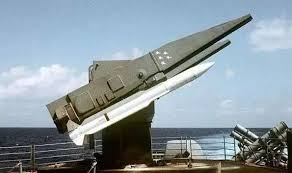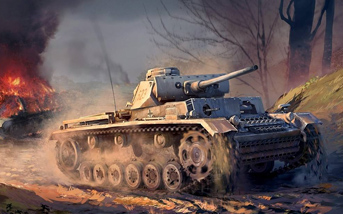In the dynamic world of defense technology, there's an electrifying buzz. Thanks to the swift acceleration of military spending and the release of orders post-military reforms, the demand for military products is set for steady growth. As defense informatization rapidly advances, military connectors are poised to grow at a rate that surpasses the average for the defense industry. Let's take a fun and insightful journey into the world of military connectors and see what's sparking all the excitement!
The Backbone of Modern Warfare: Electronics Everywhere
Today, electronic systems account for a significant portion of the cost of various weapons platforms and equipment. With the rapid push towards defense informatization, weapons platforms are increasingly merging with comprehensive electronic information systems, enhancing their value and complexity. At the heart of these systems are connectors—indispensable electronic components that make sure everything stays connected and operational. They are widely used across fields like electronic information, weaponry, aviation, aerospace, and naval vessels.

Competitive Landscape: The Big Players and the Up-and-Comers
When it comes to military-grade SED connectors, the competition is heating up. Most of the domestic suppliers are major military groups. Key players include Avic Optoelectronics and Aerospace Electronics, with civilian companies like King Credie, SED, and Fullsun also making their mark.
Avic Optoelectronics stands out, with military SED connectors making up more than 50% of its revenue, primarily supporting aviation, weaponry, electronics, and naval sectors. Aerospace Electronics isn't far behind, with these connectors accounting for over 60% of its revenue, mainly serving aerospace and electronic sectors.
In 2017, the market size for military SED connectors in China was about 8.2 billion yuan. With the release of military orders and performance peaks during the latter part of the 13th Five-Year Plan, the market is expected to grow by around 20% annually over the next three years, potentially reaching nearly 14 billion yuan by 2020.

Zooming in on Automotives: The New Frontier for SED Connectors
Now, let's shift gears and talk about the automotive sector, where SED connectors are making a big splash. The brightest star in this domain is undoubtedly the electric vehicle (EV) sector. Traditional automotives have long been dominated by high-end foreign firms due to stringent technical, safety, and standard certification barriers. However, the rise of EVs has paved the way for domestic SED connector companies to break through these barriers and join the EV revolution.
Chinese brands are leading the charge in the domestic EV market, with companies like Avic Optoelectronics and SED successfully integrating their connectors into vehicles from Tesla, JAC, and BYD. Back in 2016, the market for high-voltage connectors in Chinese EVs was valued at 2.71 billion yuan. Fast forward to 2020, and it's expected to soar to around 8.2 billion yuan, with a compound annual growth rate of 31.9%.
The Future is Bright: Connecting the Dots
So, what does the future hold for military and automotive connectors? If the current trends are any indication, it's going to be a thrilling ride. With continuous advancements in defense informatization and the booming EV market, the demand for high-quality, reliable connectors will only grow. Domestic companies are not just keeping pace—they're setting the standards and breaking new ground.
In conclusion, the Customized DC Power Cord MC4 Connecting Cable, among other innovative connectors, is lighting up the future of connectivity in both military and automotive sectors. Whether it's powering the next generation of defense technology or driving the electric vehicle revolution, connectors are at the heart of it all. So buckle up and stay connected, because the future is electric!
 Guangdong SED Co., Ltd.
Guangdong SED Co., Ltd.
 +86 13763213143
+86 13763213143
 info@dmictech.com
info@dmictech.com


